Laser cutting art is a fascinating blend of creativity and technology. By using precision laser cutting machines, artists can transform simple materials like wood, acrylic, or paper into intricate, high-quality artwork. Whether it’s for home décor, custom signage, or large-scale installations, laser cut art offers new possibilities for artistic expression.
In this article, we’ll explore how laser technology is used in the art world, what materials and techniques are involved, and how artists today are pushing boundaries with this modern tool.
1. What is Laser Cutting Art
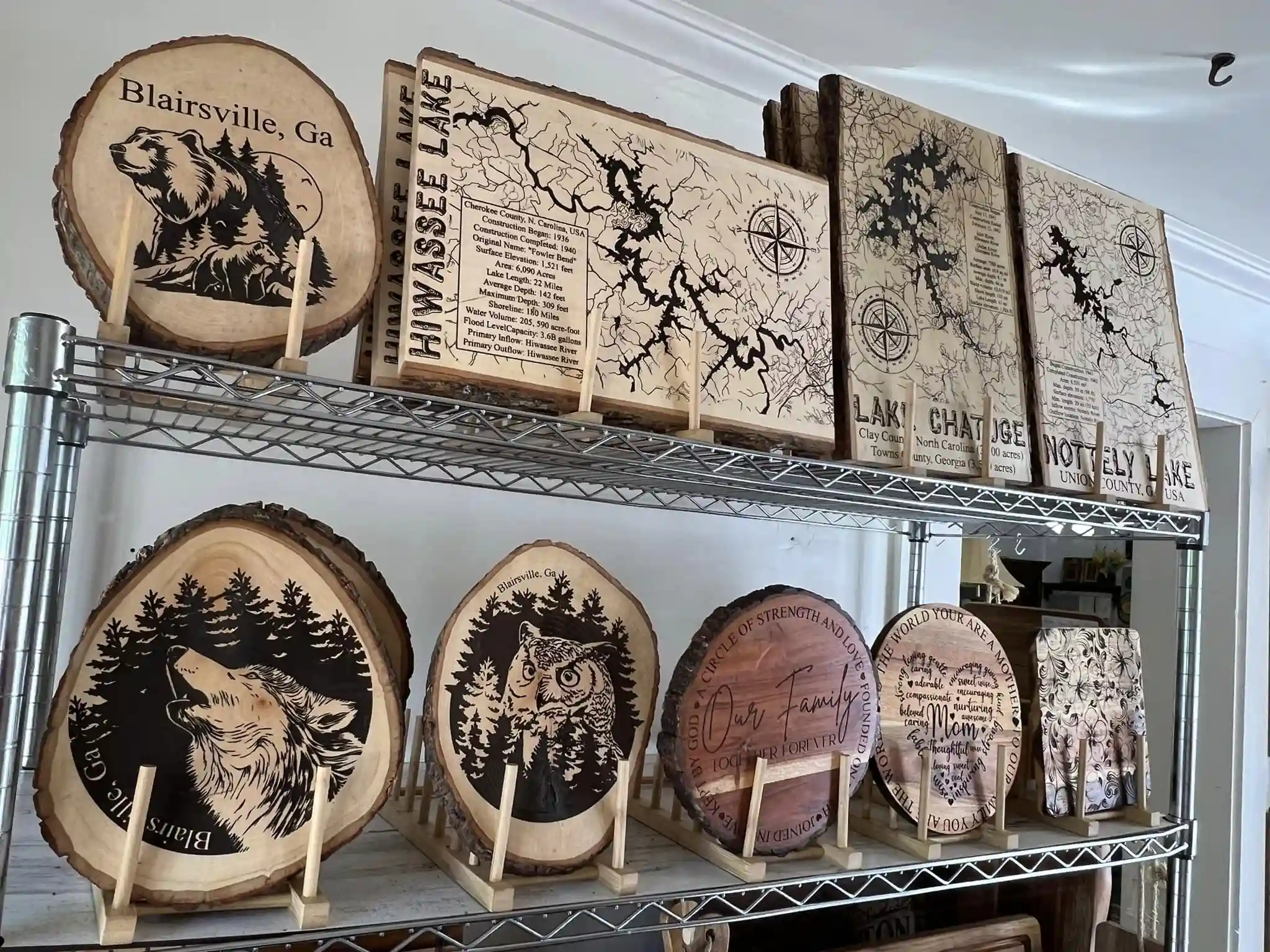
Laser cutting art is absolutely a remarkable gateway to creating fantastic artwork. You know, it’s a form of artistic expression that combines both art and technology. Laser cutting artwork generally uses laser technology to make high-precision cutting.
It means that laser cutting artwork offers more accurate cutting than traditional methods. This accuracy makes laser cutting artwork visually attractive. So, the way artists fuse art with technology today is fantastic! Well, laser cutters are prevalent for precisely cutting, engraving or etching various materials.
Moreover, laser cutters are also famous for their wide versatility in materials. So, artists can work with a wide range of materials. Indeed, each material offers unique aesthetics & characteristics. For example, paper & cardboard are prevalent for making invitation cards.
On the other hand, other materials are known for creating wall art, signage, sculptures, décor and many more. You can check the article “Top 15 Laser Engraving Project Ideas” to learn more about it.
2. How Laser Cutting Brings Artistic Designs to Life

The whole process starts with preparing the design on the computer. Later, it moves on to laser cutting it. You know, a laser machine uses a high-power focused laser beam to cut materials precisely. Also, it is controlled by a computer program. As a result, there is no chance of human error and it can create intricate and detailed designs. Therefore, this ability makes laser machines valuable in various artistic product manufacturing companies.
Laser technology has come a long way! It’s amazing how quickly it evolved in various industries, right? Now, artists have so many options at their fingertips. They can work with all sorts of materials and even different thicknesses.
3. Evolution of Laser Cutting Art

Before the 20th century, artists used manual hand tools to create various artistic objects. Well, you may find these old artistic creations at museums. Day by day, people progressively learned how to utilize machines in the twentieth century. They were constantly improving their manufacture of creative tools and accessories. They began to rely on machinery to bring their creative ideas to reality.
Over the years, laser cutting technology has undergone significant advancements. Now, it has become more accessible, efficient and versatile. Moreover, the introduction of a computer numerical control system makes it even more user-friendly. It allows artists to design intricate patterns and precisely control the laser cutter.
4. How Do You Prepare an Artwork for Laser Cutting
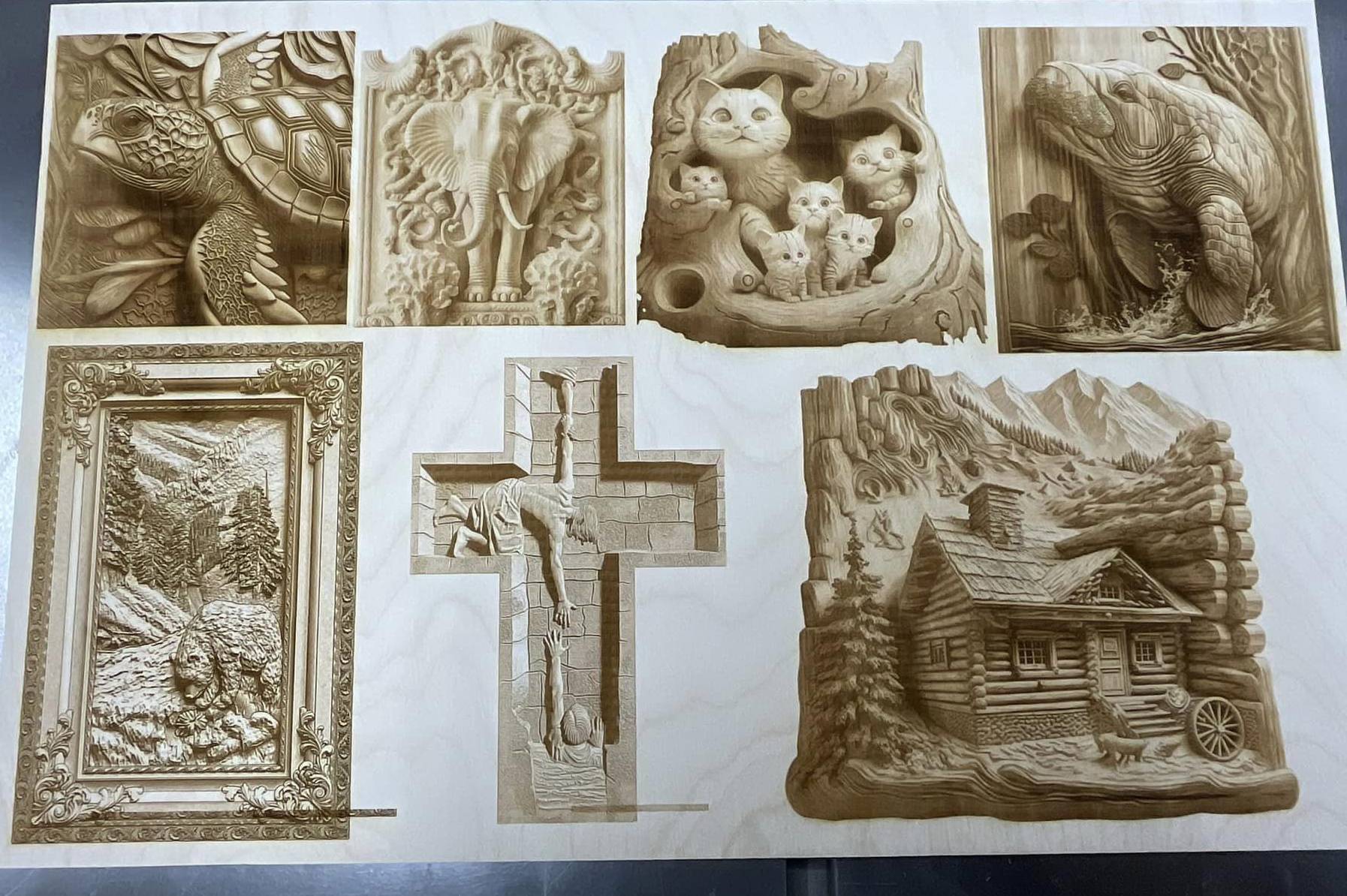
Creating laser cutting artwork is a meticulous process. Well, it involves several crucial stages. Indeed, this artwork preparation for laser cutting requires both artistic and technical expertise. This approach combines creativity & accuracy to create magnificent and original art.
4.1. Conceptualization and Designing
The artwork preparation begins with a clear concept and design. So, first, you envision the artwork you want to create. In this case, you can typically consider elements like size, materials, and complexity. You know, sketches & digital mock-ups refine the design before proceeding.
4.2. Digital File Preparation
Once the design is finalized, you can convert it into a digital file that a laser cutter can understand. You can use different types of software like Adobe Illustrator, Corel Draw, or AutoCAD. Why do you need to use specialized software?? Because you will need vector files for the laser cutting machine. These files determine the paths that the laser cutter will follow.
4.3. Setting Up The Laser Cutter
With the digital file ready, the next step is to set up the laser cutter. Well, this step involves selecting the appropriate material and positioning it with the device. Remember, you should also ensure that the machine is calibrated correctly. Indeed, you must follow proper safety precautions.
4.4. Execute The Cutting Process
Once you’ve got everything set up, you can go ahead and start cutting. So basically, the machine follows the paths that are laid out in the digital file. It does exactly what you want it to do. You can cut or engrave the material just the way you want it. Depending on your requirements, you can add extra finishing touches to the laser cutting artwork.
5. Laser Cutting in Art: Key Application
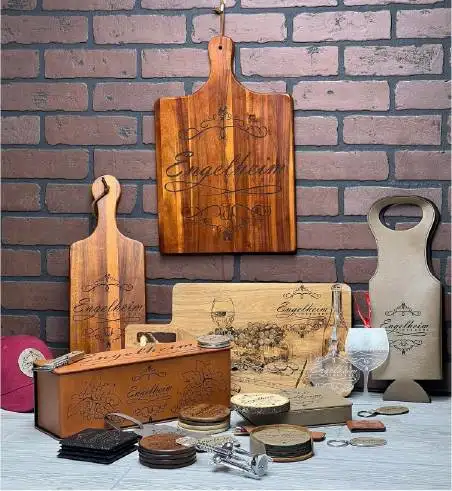
Laser cutting technology offers high precision and versatility that refines the creative process. As a result, this device has found application in various places and industries where art is a crucial concern. Well, we may find the use of laser cut artworks in a wide range of applications. You may count art studios and workshops, fashion and apparel, film and theatre production, and commercial art and design.
Moreover, you can find the uses of laser cutting artworks in other applications as well. For example, architectural and interior design, jewelry design, and customized products are noteworthy. In addition, laser cutting artworks find applications in museum exhibits and education. So, the applications of laser cutting in art are diverse. And it continues to evolve.
6. Popular Laser Cutting Art Installations
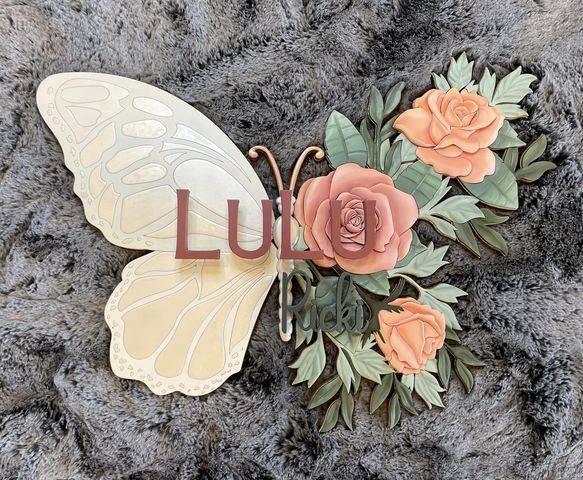
Laser cutting art installations can be seen in galleries, public spaces, and even homes, thanks to their intricate and eye-catching designs. These installations generally fall into a few distinct categories, each offering a unique artistic experience.
6.1. Laser Cutting Wall Art
This includes artworks made from wood, metal, or acrylic, designed to enhance interior aesthetics. Customized metal wall art created through laser cutting is especially popular for its detail and personal touch, making it a standout choice in home décor.
6.2. Laser Cutting Sculptures
These often feature interlocking geometric forms and abstract designs. You’ll find them in public parks, galleries, and outdoor installations, where they blend artistic creativity with technical precision to captivate viewers.
6.3. Themed Art Installations
These pieces focus on telling a story or highlighting a specific theme. Artists often combine materials and intricate cut patterns to create immersive visual experiences for exhibitions, cultural events, and public spaces.
6.4. Educational Installations
Laser cutting is also used to design educational exhibits that visually communicate complex ideas. These installations are commonly seen in museums, science centers, and interactive learning environments.
7. Popular laser cutting artists
Laser cutting has inspired a new generation of artists who use precision technology to push creativity. We’ve got a list of extraordinary artists specializing in laser cut art. Check them out:
Gabriel Schama: His works include cut paper, leather and acrylic laser cut art. However, he mainly works with plywood.
Tord Boontje: His creations mostly employ folkloric and traditional patterns distinctively. His works infuse interior spaces with cosiness and warmth. His line of fabrics is called Kvadat1.
Anila Quayyum Agha: Her award-winning installation, Intersections, made her renowned. This piece of art is a wood lightbox that has been laser-cut to display incredibly detailed geometric forms. The entire space is bathed in light and shadow from the box, giving the impression that the walls are patterned.
Joshua Abarbanel: He is known for combining natural forms with industrial and mechanical design elements. He is especially recognized for his sculptural works inspired by coral reefs, typically crafted from layered wood. While wood is his primary medium, he also explores materials like rock, concrete, and others to expand his artistic expression.
Martijn van Strien: His sculptures in diverse hard materials are amazing. He uses acrylic, glass, wood, and metal in his work. The human figure, particularly the head, is central to many of his pieces.
8. Bring Your Laser Cutting Art Ideas to Life with Thunder Laser
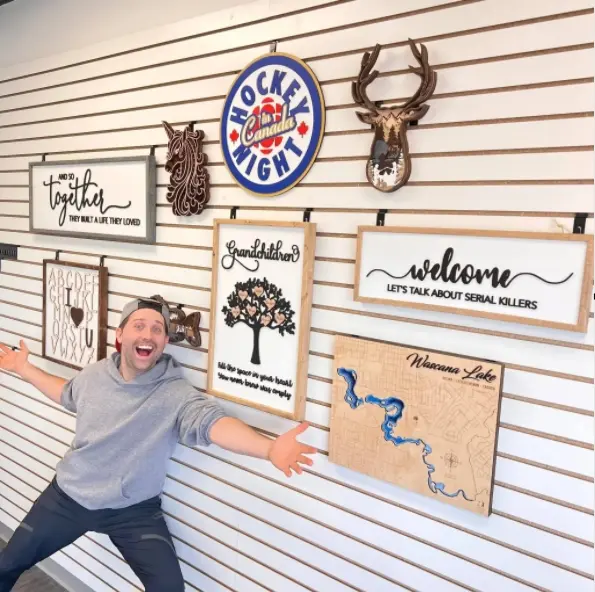
Thunder Laser is a manufacturer of laser machines, offering artists a dependable platform to turn their creative ideas into reality. Beyond providing advanced machine, the company also offers training sessions that help artists fully explore and develop their creative potential.
As we wrap up, here are a few thoughts especially valuable for beginners. It’s important to start with a clear creative goal and remain patient while experimenting with materials and patterns. Embrace mistakes as part of the learning journey, and let each trial guide your improvement.
Mastering laser cutting art takes more than inspiration—it requires hands-on experience adjusting cutting parameters like power and speed. Try combining different materials and techniques, and explore how light and shadow can add depth to your work. Don’t forget to tap into online communities, attend workshops, and seek out learning resources to continually grow your skills and creativity.
Conclusion
Laser cutting art has revolutionized how artists design and create—from detailed wall pieces to immersive installations. With its high precision and material flexibility, it offers a powerful tool for both professionals and beginners.
If you’re looking to bring your creative ideas to life, investing in the right laser cutting machine can make all the difference. Thunder Laser provides reliable, easy-to-use solutions to help you get started. Don’t hesitate to experiment, learn, and create—your next masterpiece could begin with a single laser cutting.
FAQs About Laser Cutting Art
Q1. Can I create 3D laser cut art with a laser cutter?
Yes, it’s possible to create 3D designs by layering materials or combining multiple laser cutting elements. Some artists use techniques like stacking layers of wood or acrylic to create depth and texture.
Q2. What is the difference between laser cutting and laser engraving?
Laser cutting involves using a focused laser beam to cut through materials, while laser engraving uses the laser to etch or burn the surface, creating patterns or text. Laser cutting is typically used to create shapes, while engraving is used to add details.
Q3. How can I achieve precise cuts with laser cutting?
To achieve precise cuts, ensure that your design is well-prepared in the appropriate software, the laser cutter is calibrated correctly, and you select the right material thickness. Laser machines can create highly accurate cuts, but settings like power, speed, and focus need to be optimized based on material type.
Q4. How long does it take to complete a laser cutting art project?
The time it takes depends on the complexity and size of the design. Simple designs may take only a few minutes, while larger or more intricate pieces could take hours. It’s important to consider machine settings like power and speed to optimize cutting time.
Q5. What are the benefits of using a laser cutter over traditional hand tools?
Laser cutting provides higher precision, faster production times, and the ability to create intricate designs that would be difficult or impossible with manual tools. Additionally, laser cutting eliminates human error and provides a clean, smooth finish.


.png) International
International
 United States
United States
 Brasil
Brasil
 Canada
Canada
 Costa Rica
Costa Rica
 Mexico
Mexico
 Česká
Česká
 Romania
Romania
 Polska
Polska
 Ireland
Ireland
 Portugal
Portugal
 Lietuva
Lietuva
 Россия
Россия Deutschland
Deutschland
 Britain
Britain
 Україна
Україна
 France
France
 Sverige
Sverige
 Italia
Italia
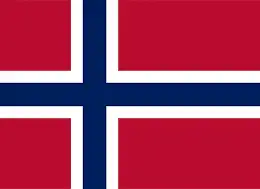 Norway
Norway
 Denmark
Denmark
 Ελλάδα
Ελλάδα
 한국
한국
 中国
中国
 ประเทศไทย
ประเทศไทย
 中国香港
中国香港
 Israel
Israel
 中國臺灣
中國臺灣
 India
India
 پاکستان
پاکستان
 پශ්රී ලංකා
پශ්රී ලංකා
 ジャパン
ジャパン
 Australia
Australia
 New Zealand
New Zealand
 South Africa
South Africa